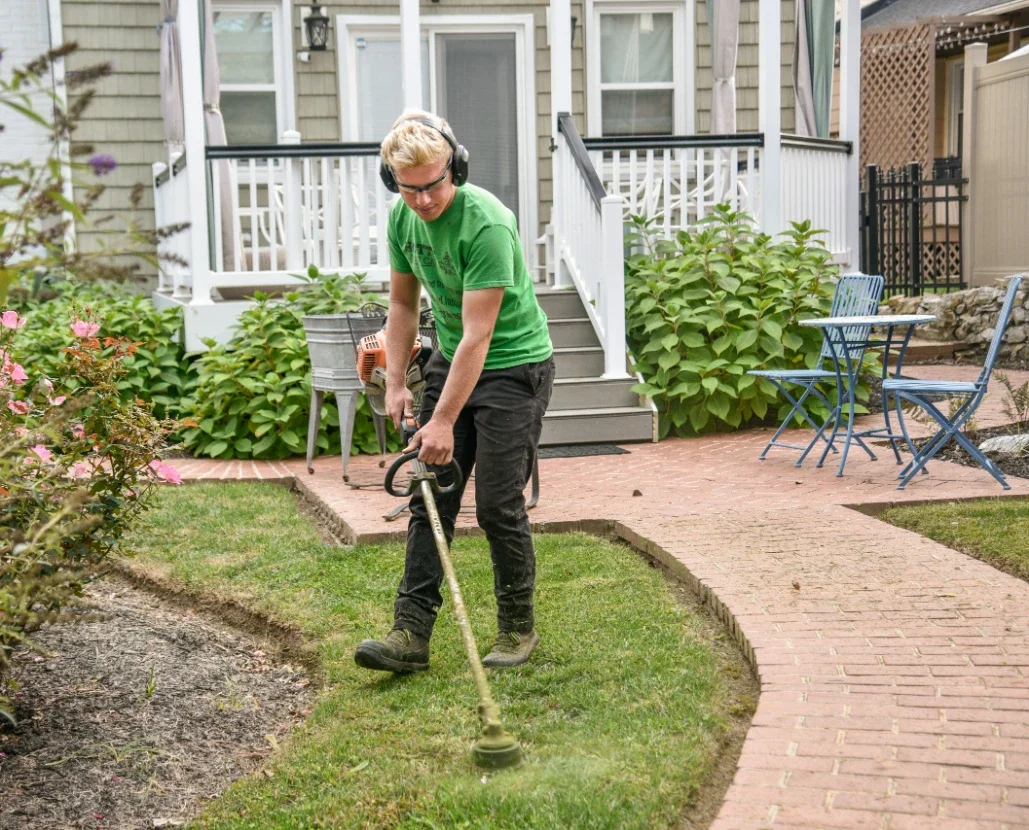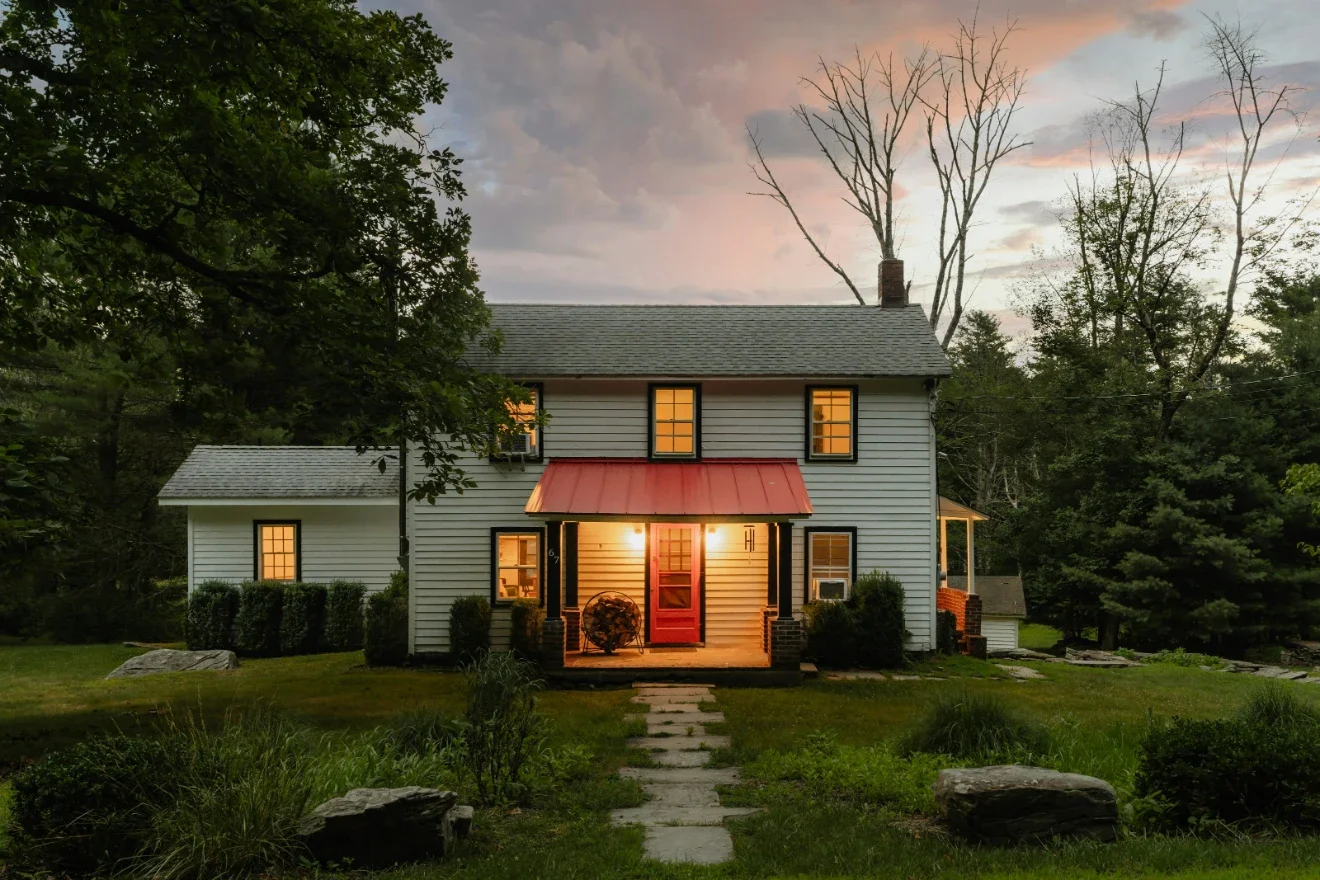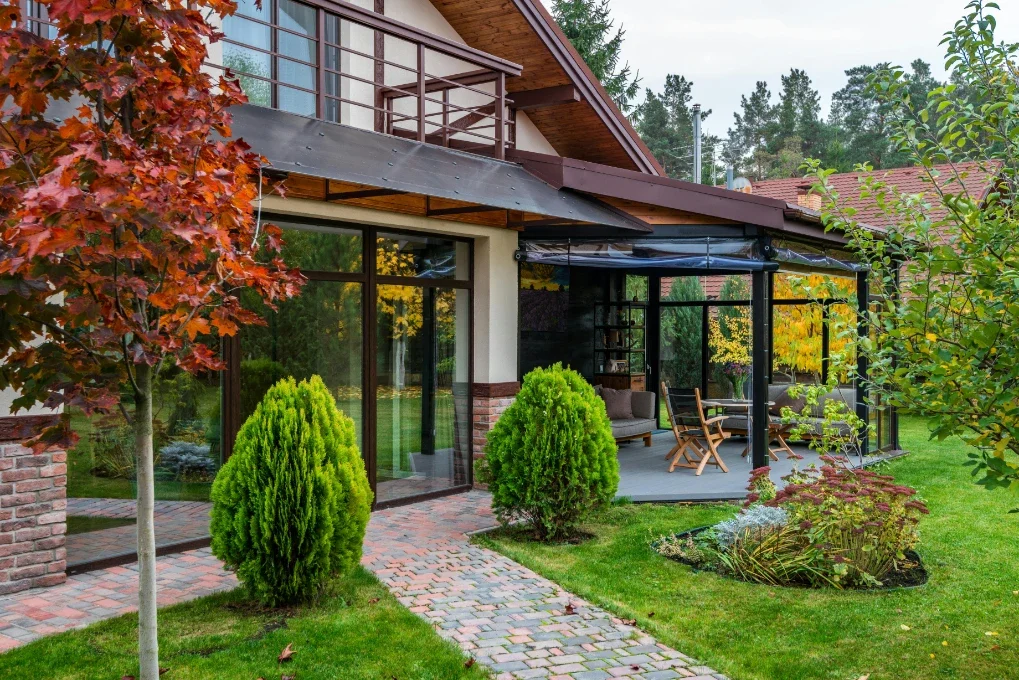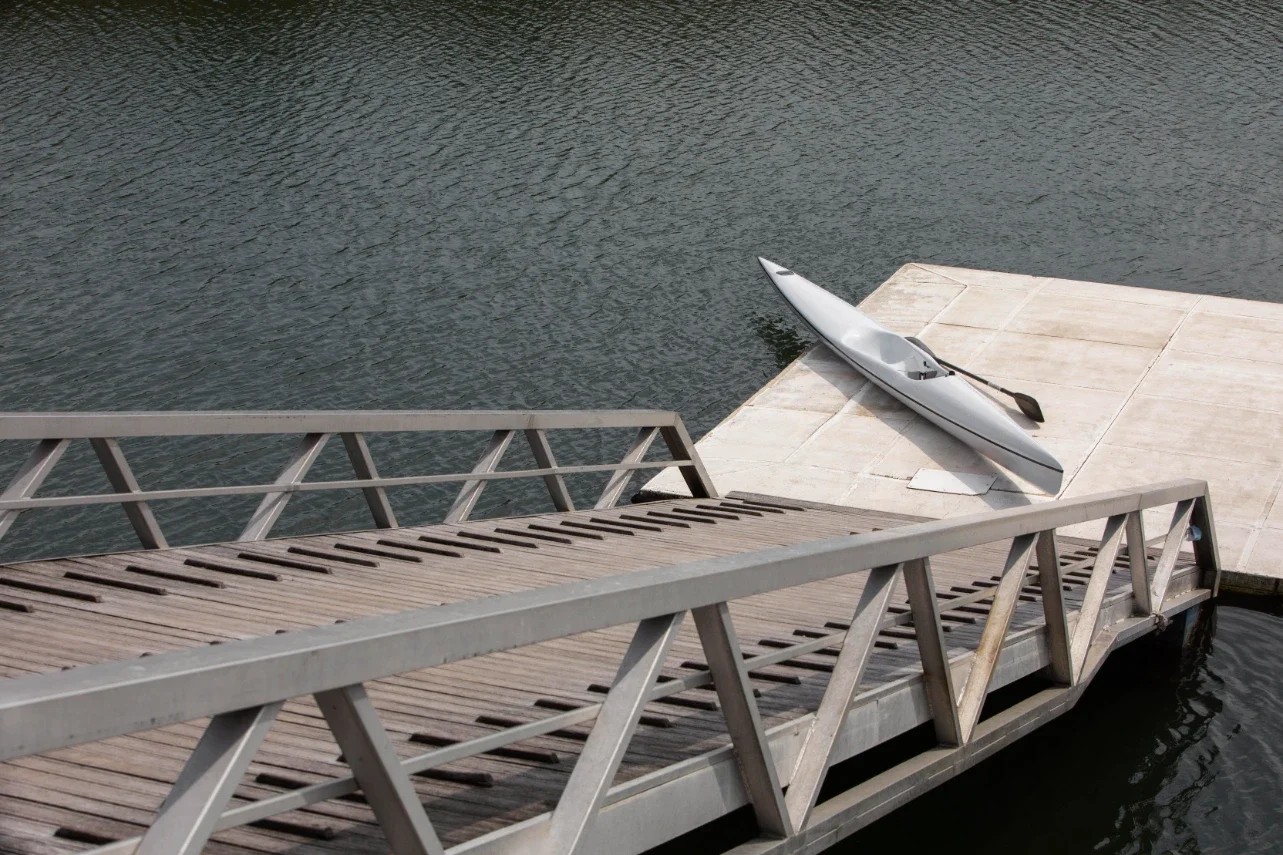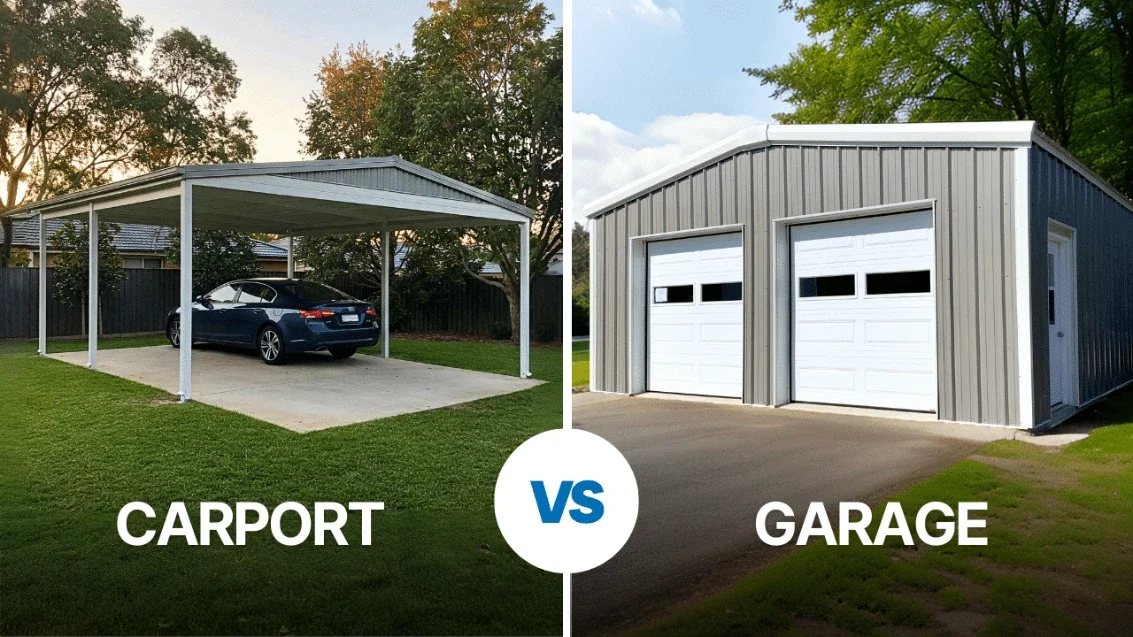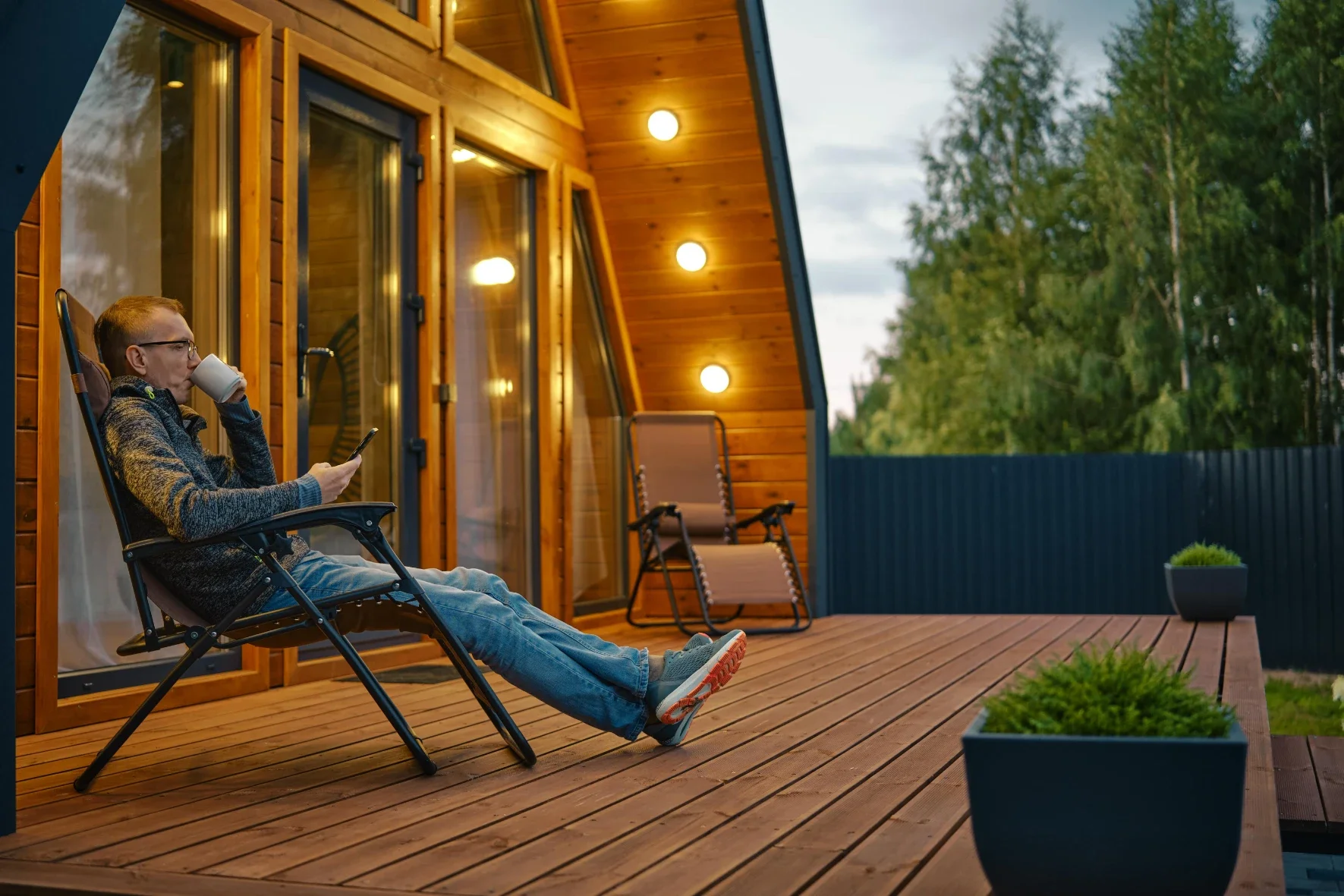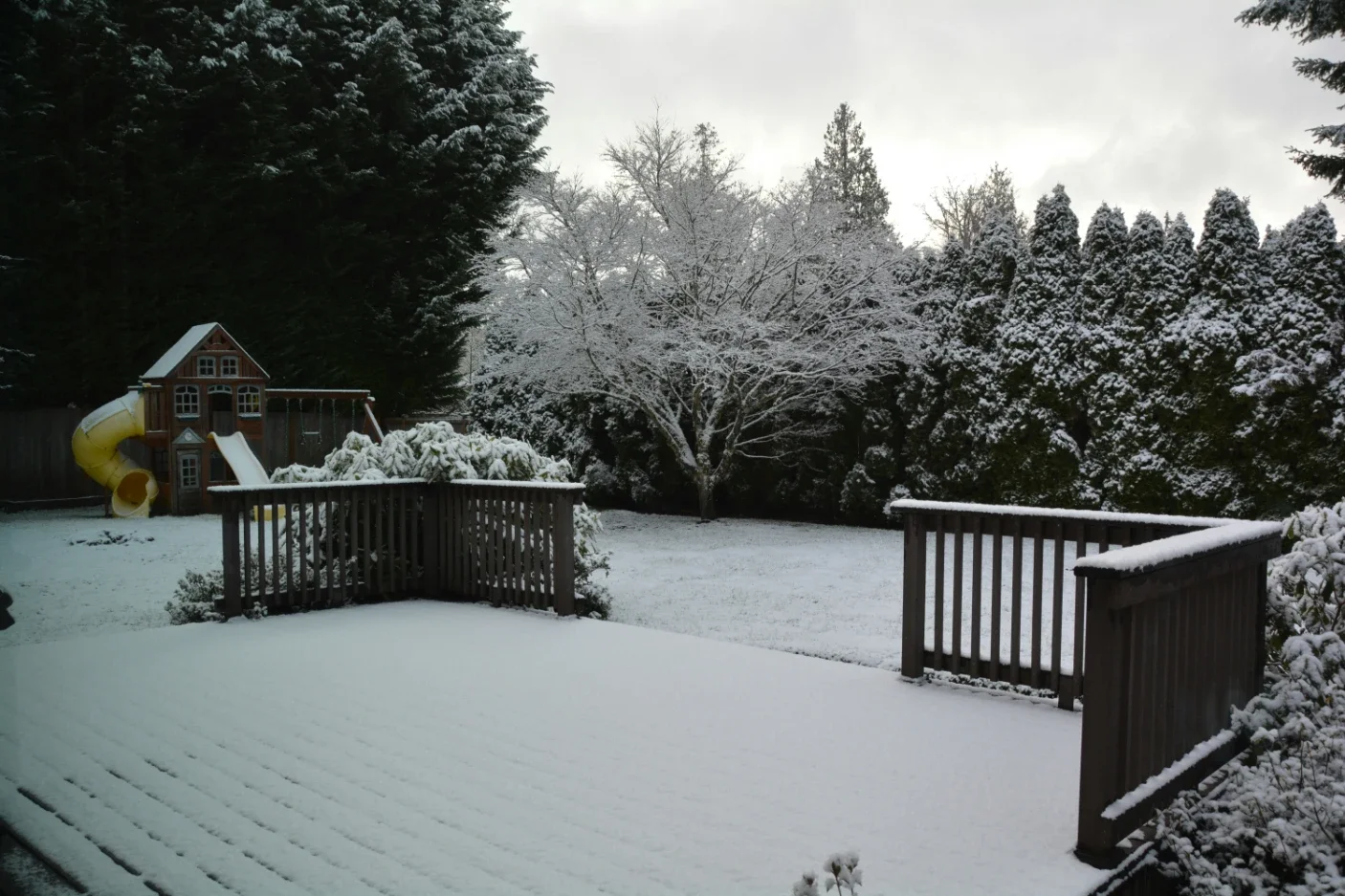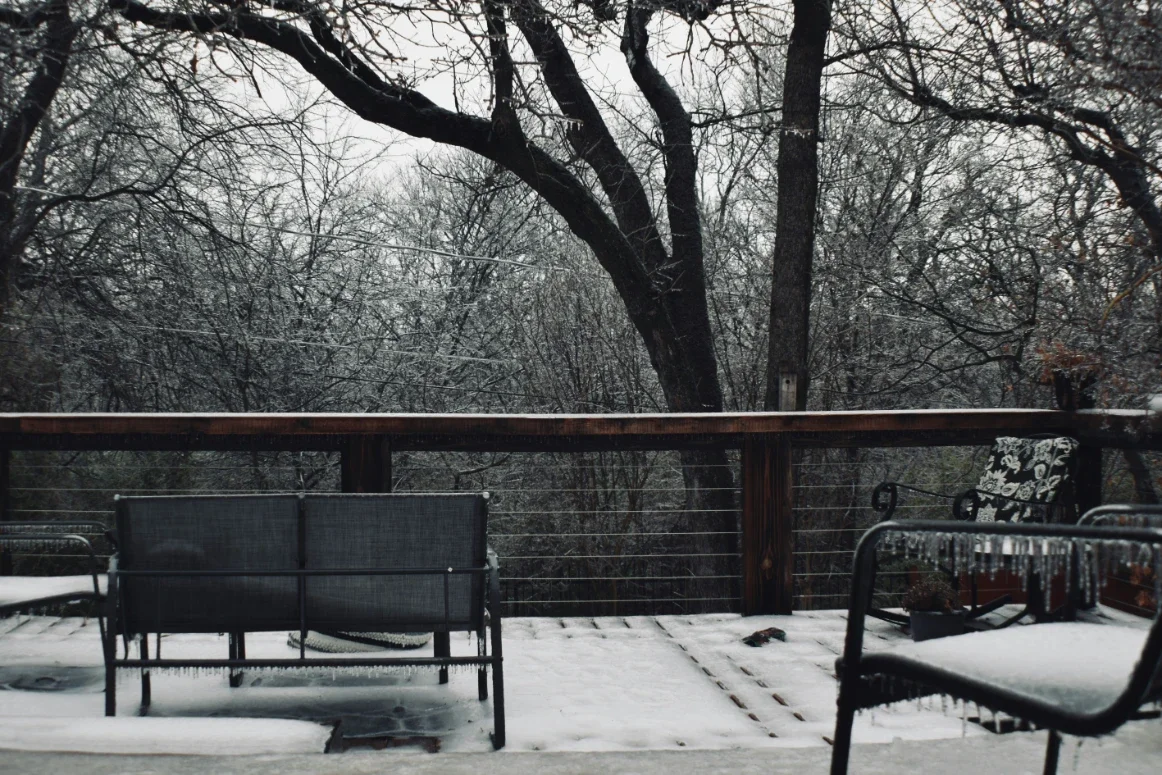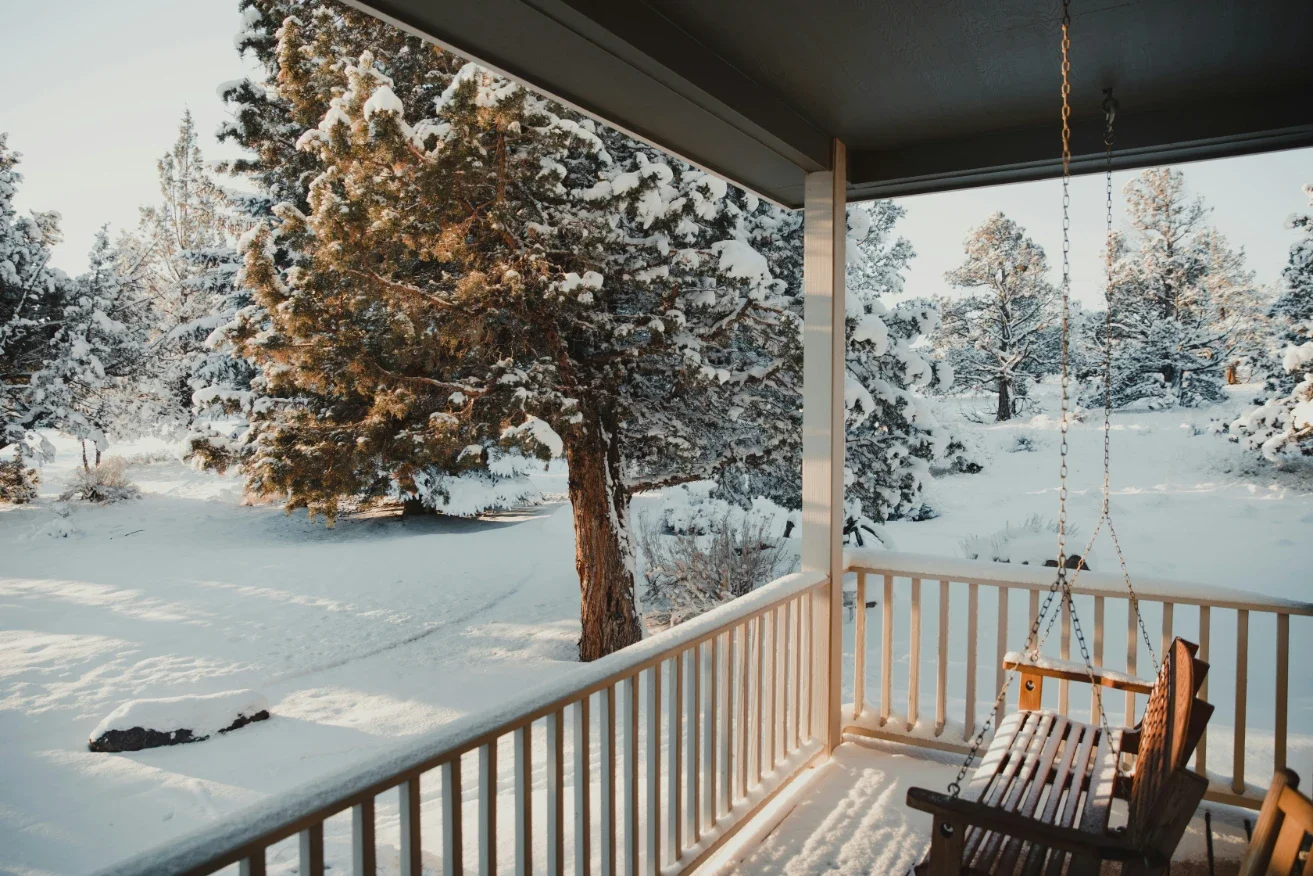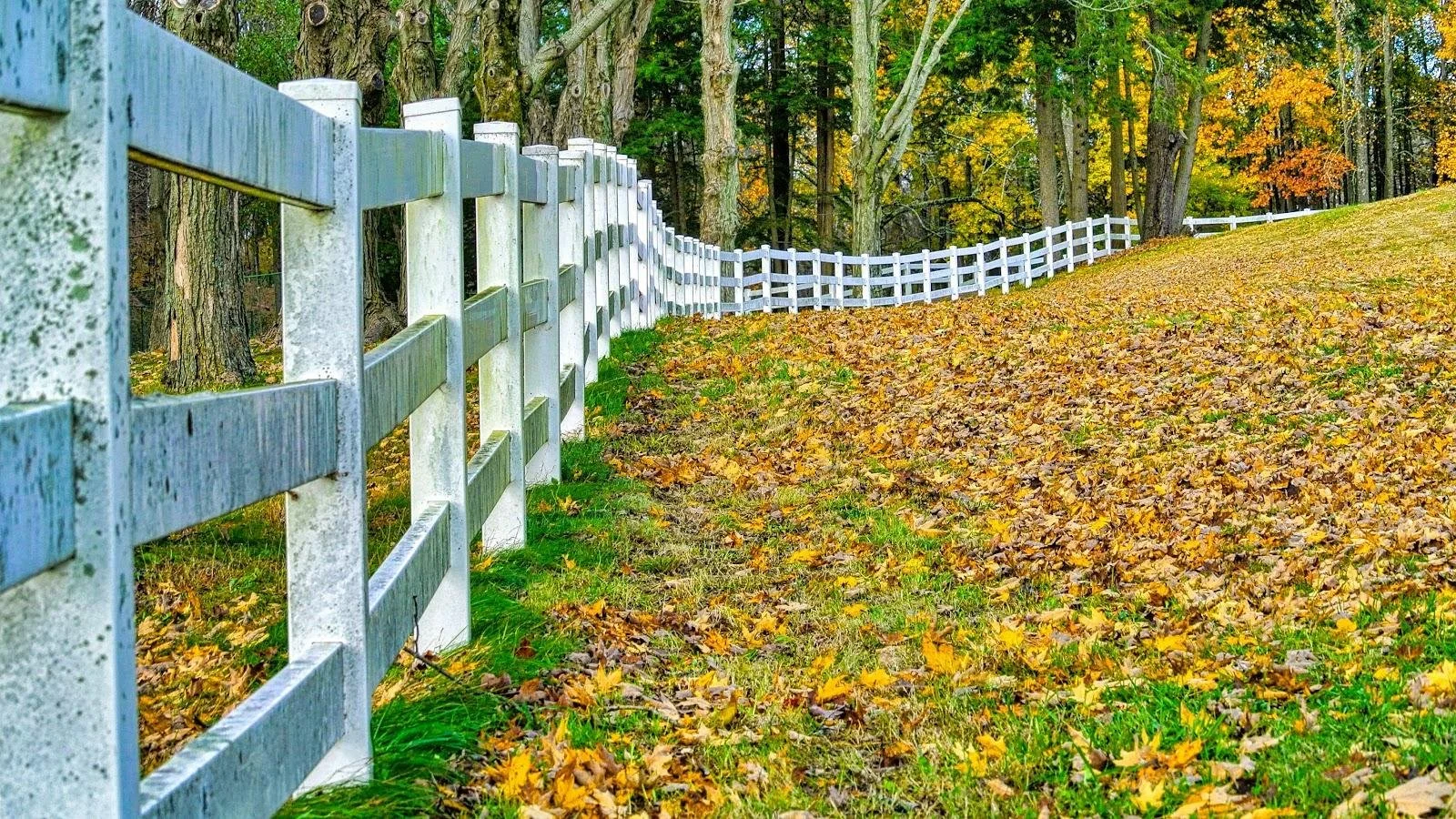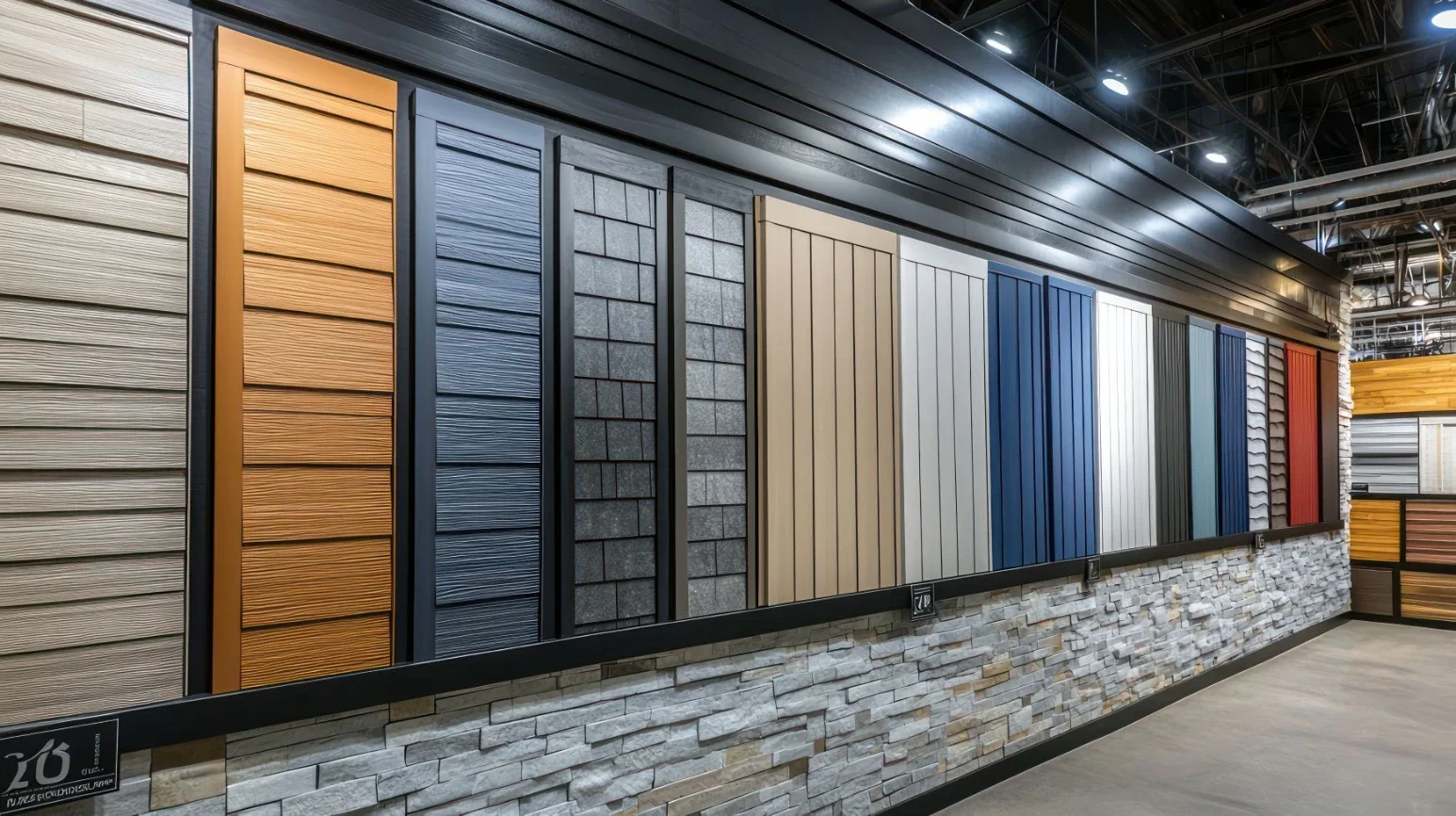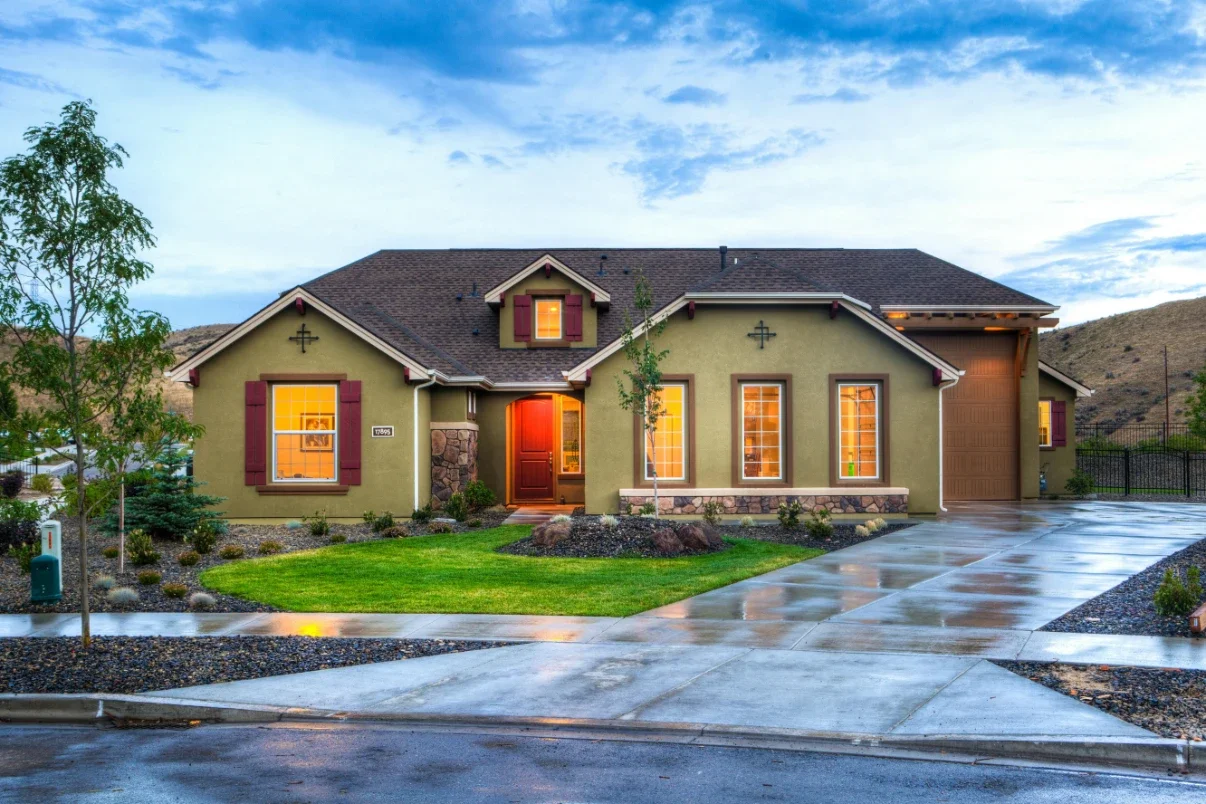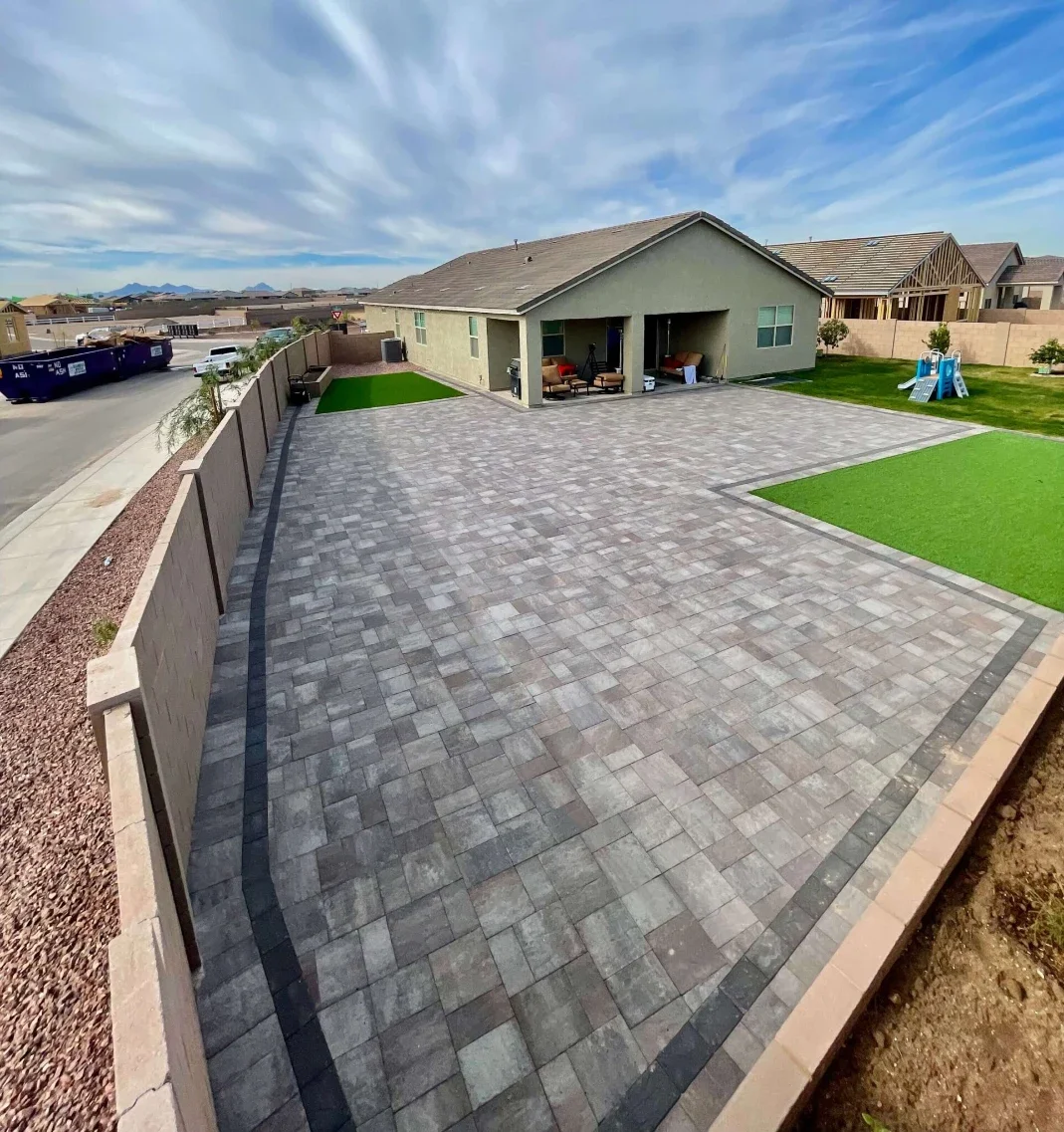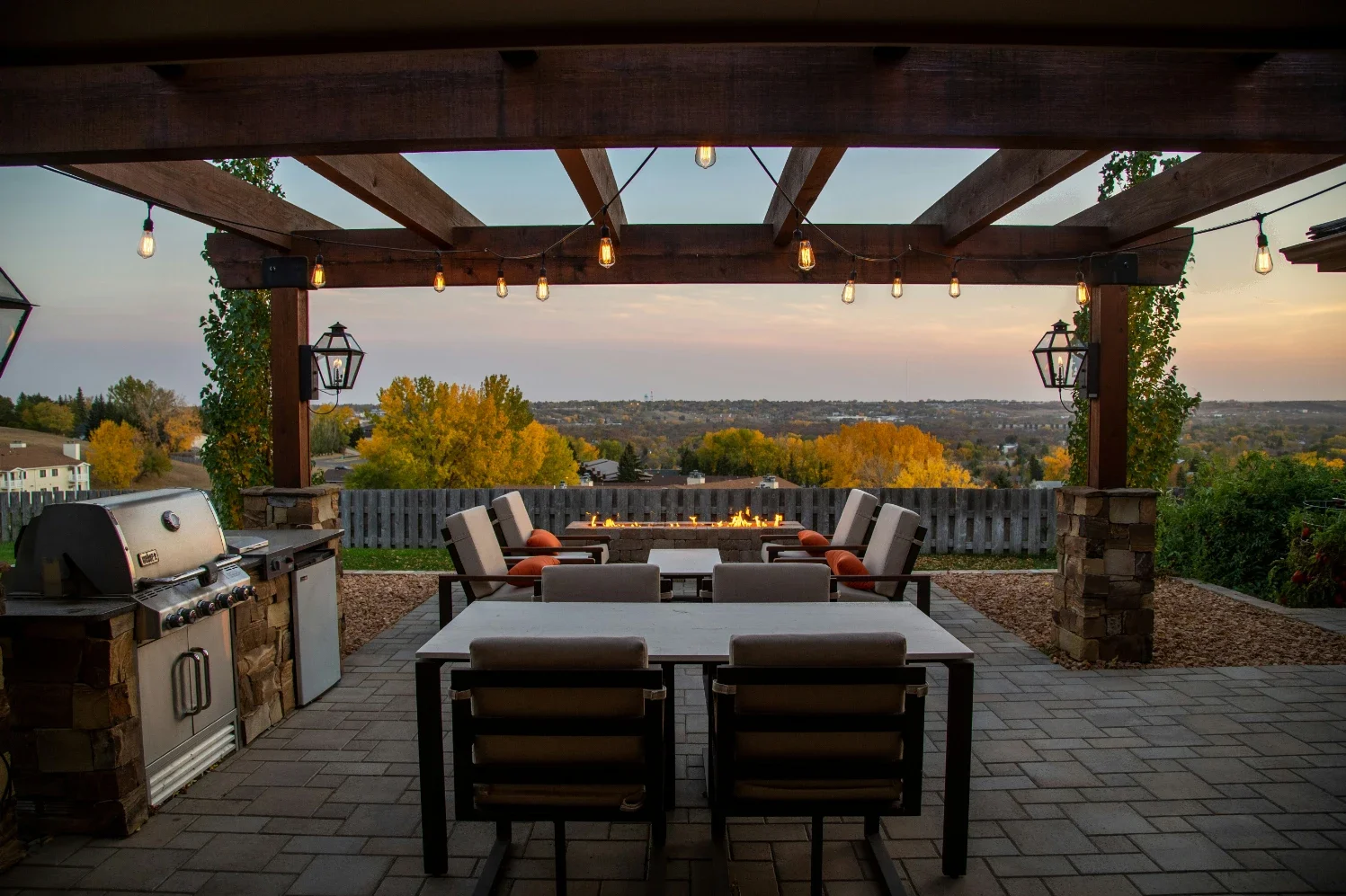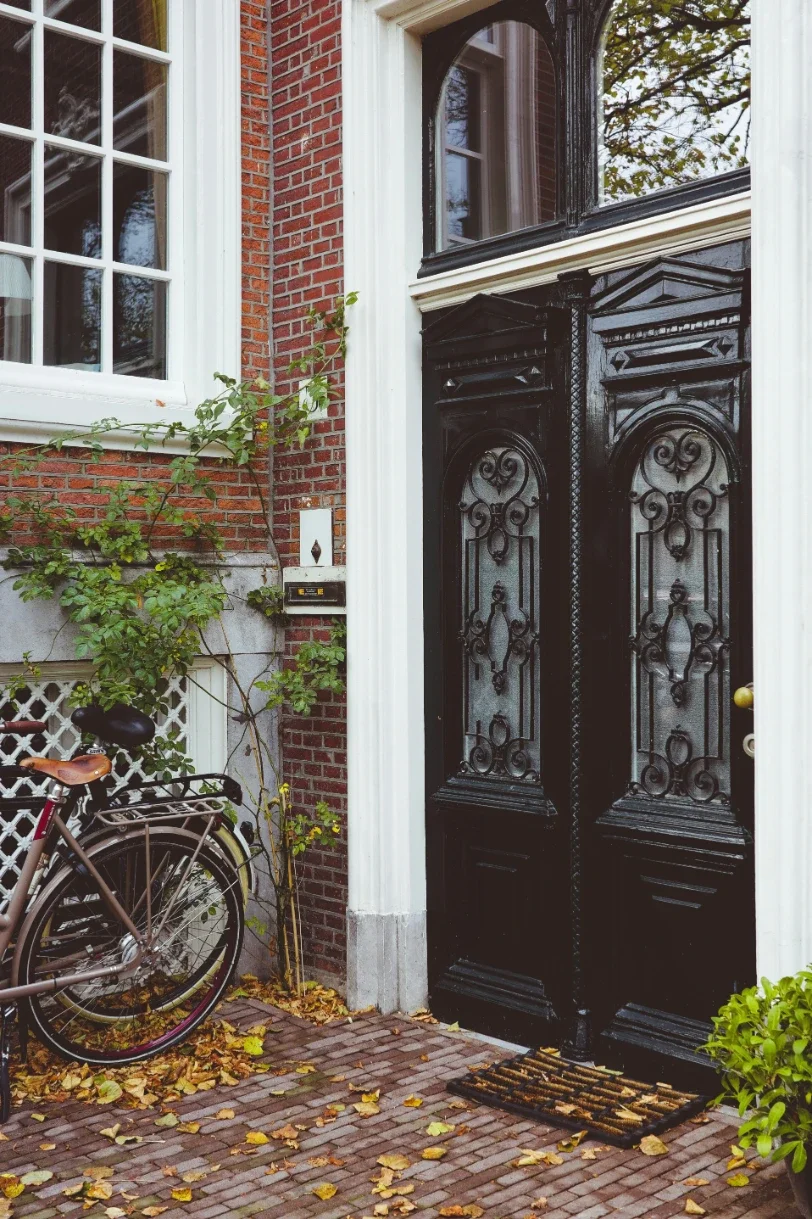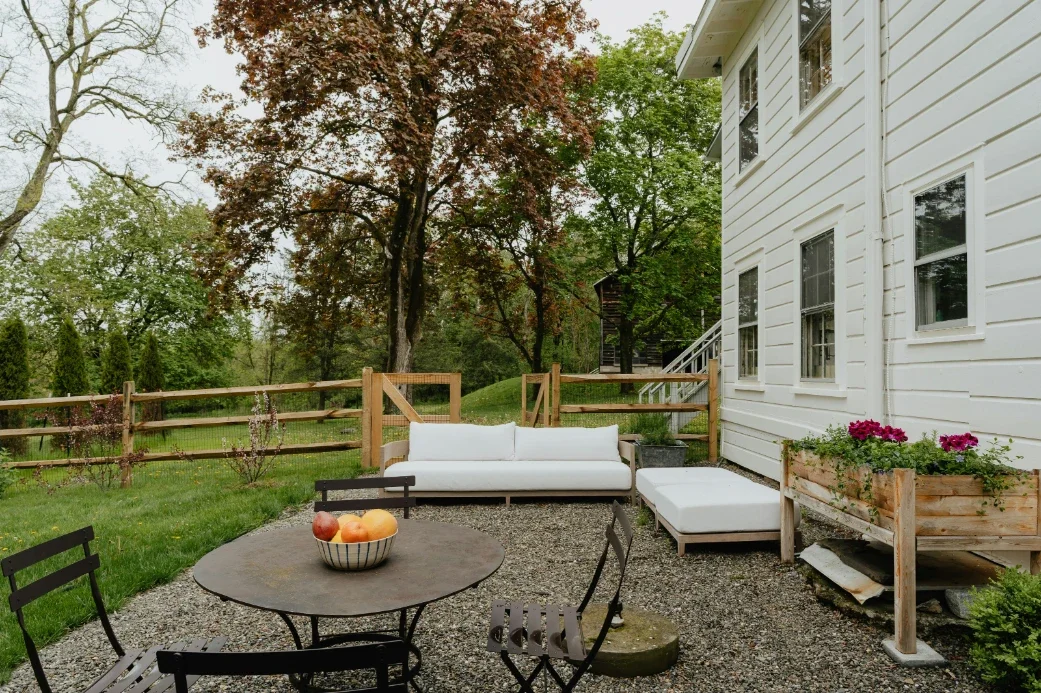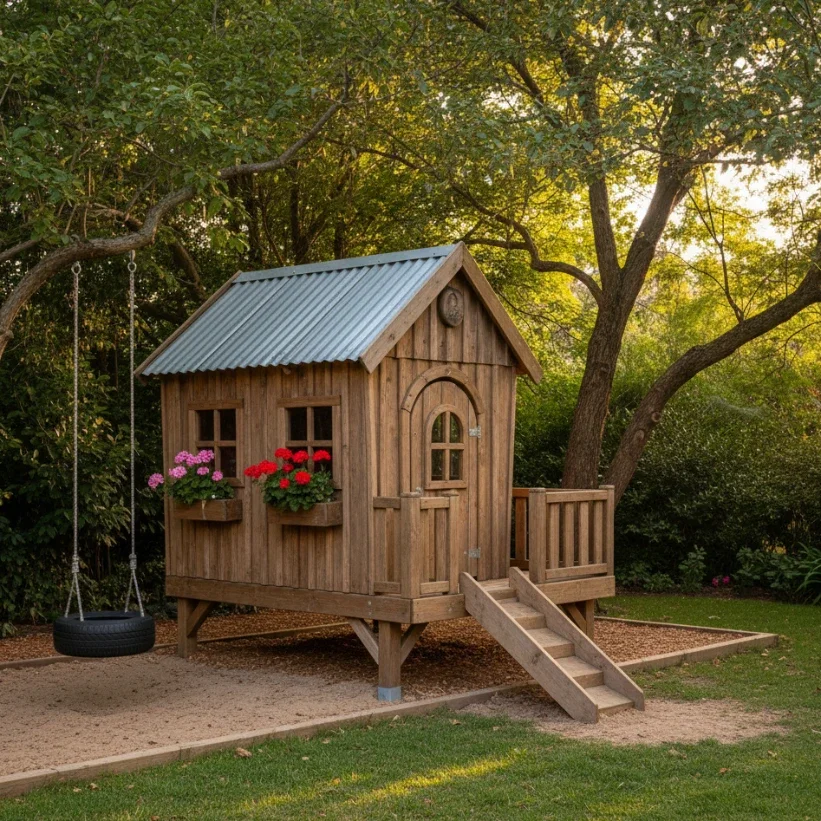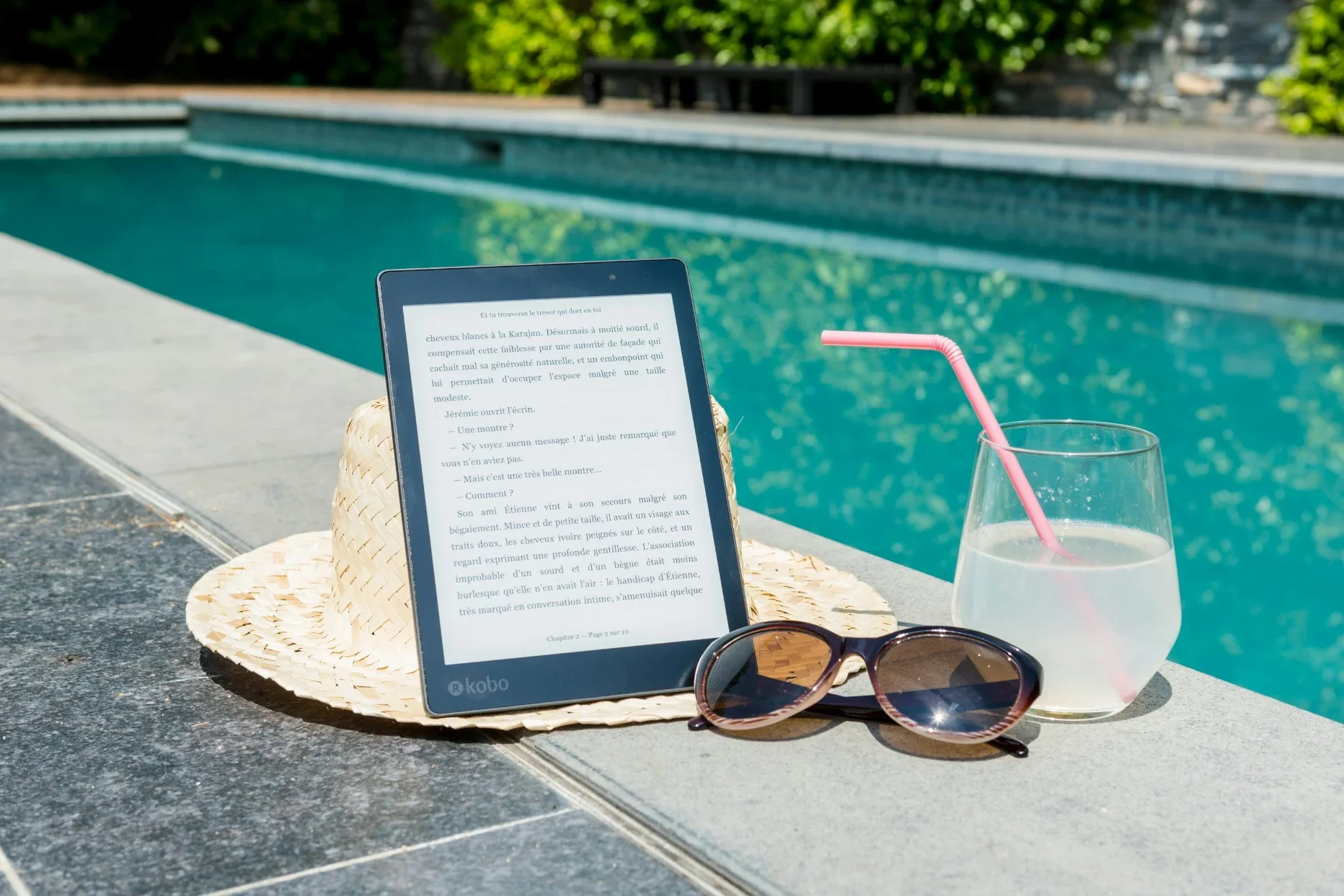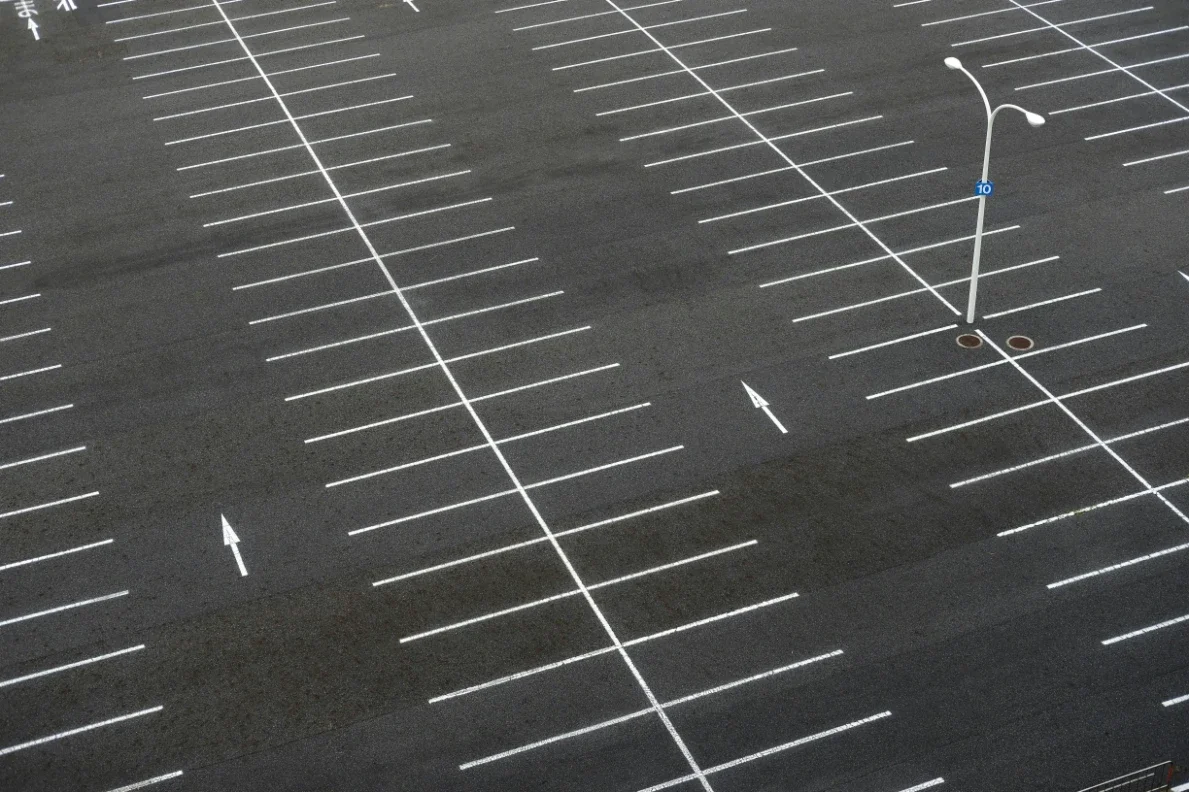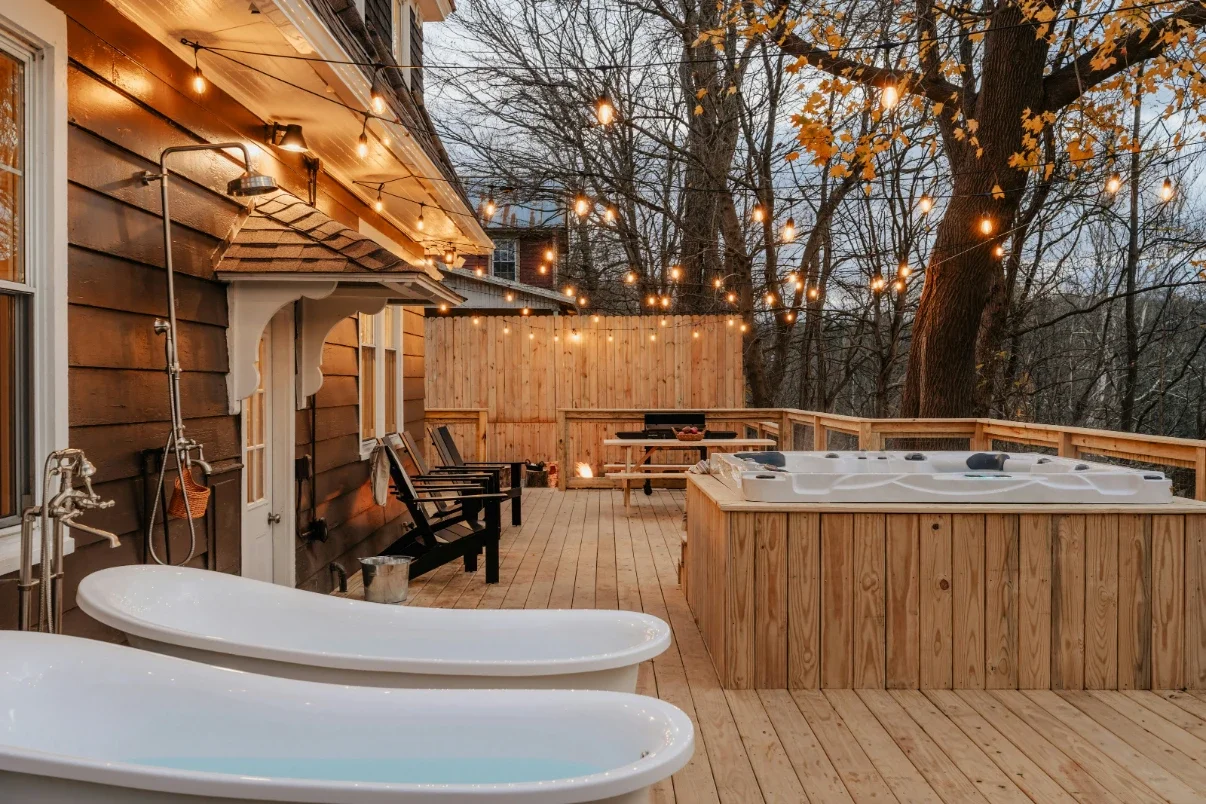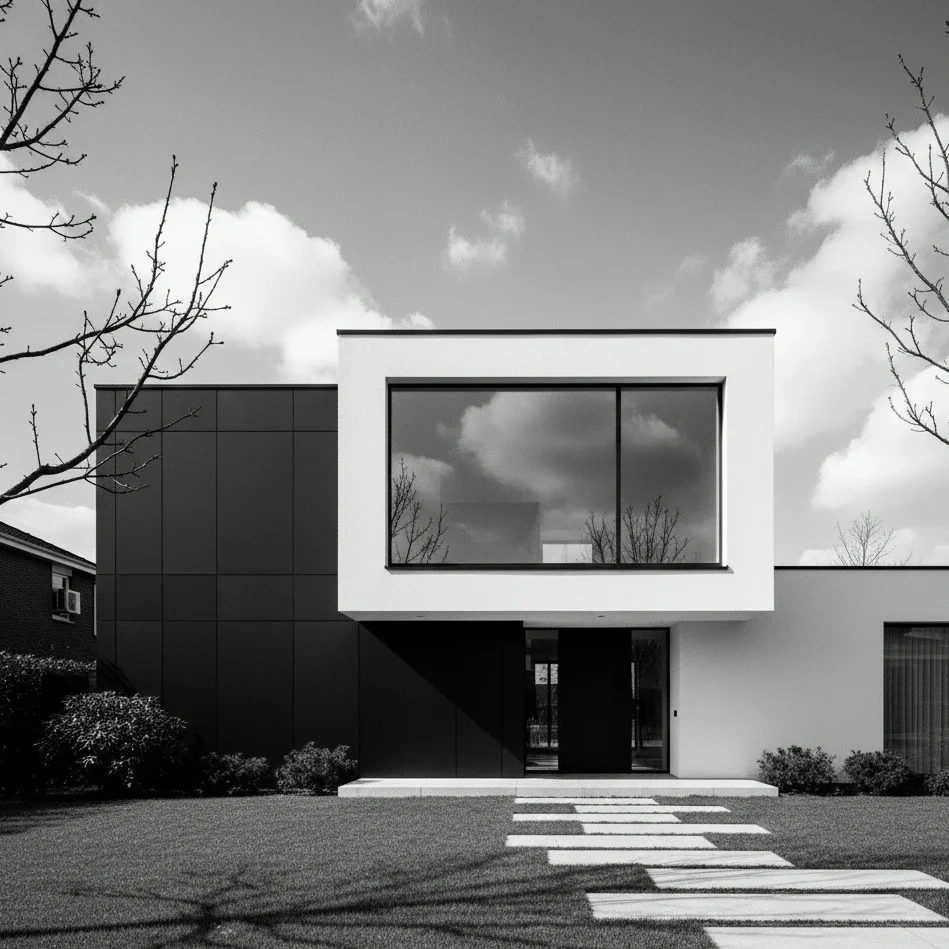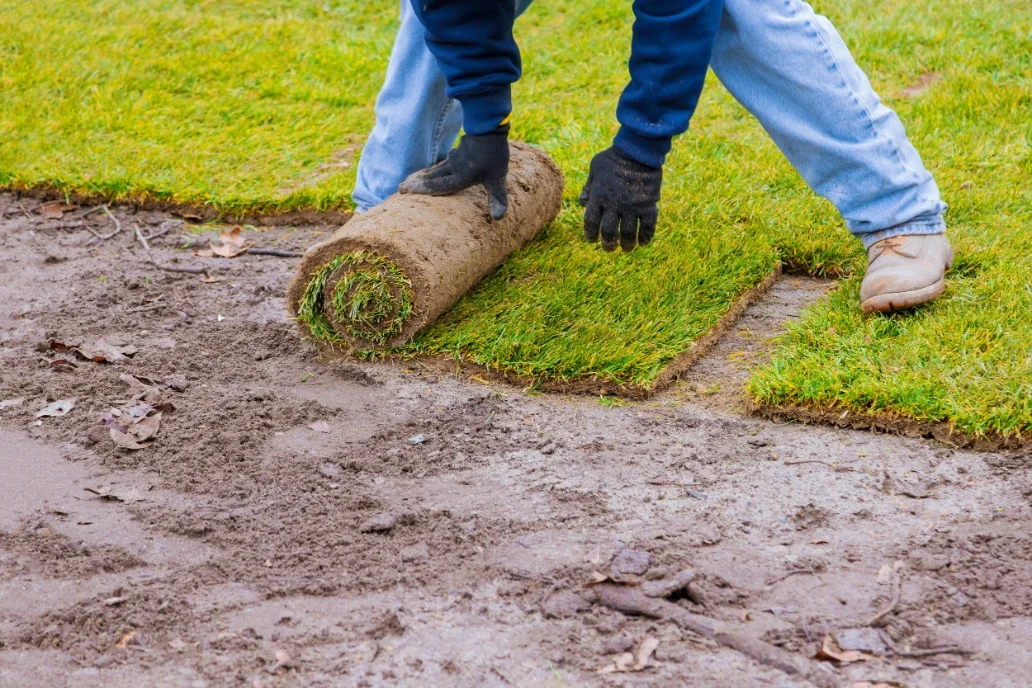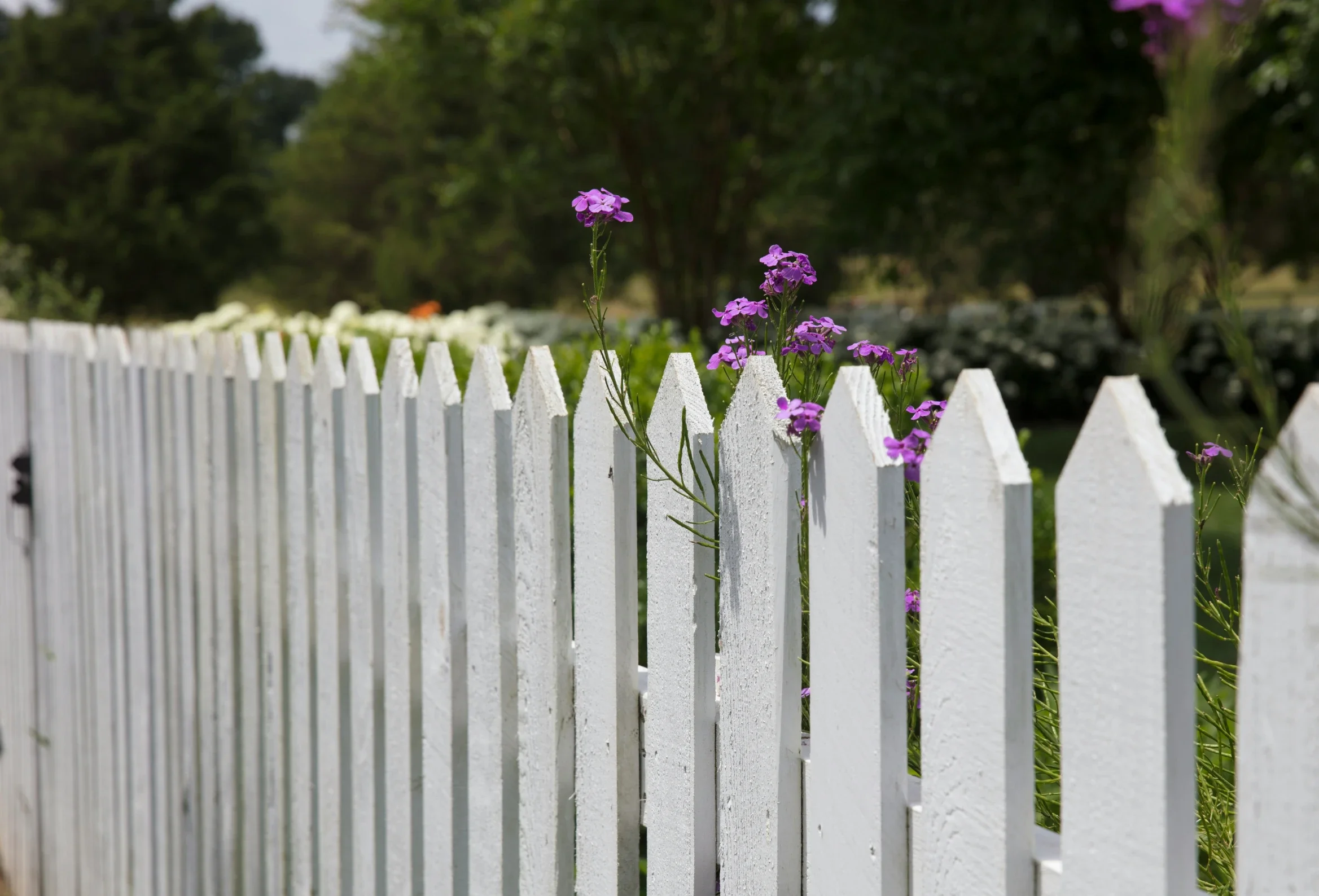How to Design a Safe and Fun Play Area for Kids In Your Yard
Learn how to design a safe and fun play area for kids in your yard with these essential tips and creative ideas.
Creating a special play place in your backyard for children is like turning your outdoor area into a paradise of joy and excitement, all while making sure they are safe. A cleverly arranged play zone does more than just promote exercise and imagination; it also offers an environment where kids can investigate, study, and develop without worry. This article provides guidance on how to design such an area by combining safety aspects with enjoyment factors as well as including different elements for various interests/ages groups.
Planning Your Backyard Play Area
Begin with a detailed plan before plunging into design and construction. Evaluate the space available in your backyard, considering how the play area will fit within the general landscape. Keep in mind your children's ages, interests and what types of activities they prefer. Additionally, consider the room's utilization in the future as your children get older.
Identify Key Areas
Take note of the main sections you want to have in your play area. Typical parts consist of a swing set, sandbox, climbing structures and an open space with grass for sports or just playing around freely. Think about adding both natural and man-made parts to create a varied environment for imaginative play.
Set a Budget
If you are thinking of renovating a playground, it is important to set a budget for the project. Costs can rise quickly, particularly if you plan on buying equipment or paying professionals to do the installation work. Decide which elements are most important and assign funds accordingly, leaving some room for unplanned expenses.
Safety Considerations
Thinking about the safety aspect, first pick out a place that you can see from the house so it's easy to keep watch. Make sure it's not close to any dangers like pools or driveways. Install a fence around the outer area so children don't go beyond it and keep out unwanted visitors.
Choosing the Right Materials
The kind of materials you select will greatly affect the safety and strength of the play area. Choose items that are non-poisonous, tough against weather changes, and can handle daily wear and tear along with varying climate conditions.
Ground Cover
Picking the correct ground cover is important for ensuring safety. Do not select hard surfaces such as concrete, because if there is a fall they may lead to injury. Choose instead soft materials like rubber mulch, sand, or wood chips. Grass can also be a suitable option but may require more maintenance.
Equipment Material
In the process of choosing playground equipment, it is very important to focus on quality and safety. For example, you can pick out equipment that's made from strong materials like cedar, pressure-treated wood or plastic which doesn't get harmed by UV rays. Make sure all the things are suitable for different ages and follow safety rules so no one gets hurt when playing with them.
Swing Sets
Swing sets, a beloved classic, can be a straightforward but enjoyable inclusion to your play area. Make sure swings are fastened properly and built with strong materials. Think about adding different types of swings like tire or rope swings for more amusement.
Sand and Water Play
Sandboxes and water play units are ideal for unleashing creativity and sensory discovery. Keep sandboxes covered when not in use to prevent dirt or bugs from getting inside. You should monitor water play areas, emptying them of water when they're not being used so as to avoid accidents.
Imaginative Play Zones
Motivation for pretend play might include things like playhouses, teepees, or forts. These areas could be a setting for imaginative story-telling and pretending to be someone else. This way, kids can try different situations and learn social abilities.
Designing for All Ages
A play area that is well-planned should have options suitable for children at different ages and stages of development. Think about things in the play space which can be changed or made bigger as your children get older.
Infant and Toddler Area
Put a special place just for infants and toddlers, with toys and things suitable to their age. Soft mats to play on, little slides and sensory toys make the area safe and interesting for small kids.
Spaces for Older Kids
For the older kids, you could think about having more difficult things like an obstacle course or sports equipment. You might want to include basketball hoops, soccer goals and a zip line for them to stay active and interested in their playtime.
Multi-Purpose Areas
Plan for flexible areas that can be utilized for different activities. Like, a flat grassy section may be used as a spot for picnics, yoga or family meetings while also giving space to play sports and enjoy free time.
Using a louver wall, you can create distinct zones within your play area, such as a reading nook or a craft station, adding versatility to the space. They can also be used to attach chalkboards or other interactive elements, providing more opportunities for creative play. Louver walls are available in various materials, including wood and metal, so you can choose a style that complements your existing outdoor décor.
Maintaining the Play Area
Ongoing upkeep is necessary for the play area to stay safe and fun. Check equipment often to find signs of damage, and fix problems right away. Make sure the place is clean without any dirt or rubbish, also change ground cover materials when they get old.
Incorporating Educational Elements
Also, apart from the physical play items mentioned earlier, think about including educational aspects in this area. You may use chalkboards or whiteboards to create a spot for drawing and learning. Additionally, you could put garden beds or even a small greenhouse that will teach kids about nature and taking care of things. Adding musical instruments like outdoor xylophones or drums can help stimulate creativity and cognitive growth too.
Conclusion
When making a play zone in the backyard for children, you need to think and plan it well. It should be safe, interesting and encourage their growth. You can create an area that they will like to play with by including many different things which are suitable for various ages and interests. Your backyard can become a lively center of amusement, education, and family relations if you choose the correct design and materials.

